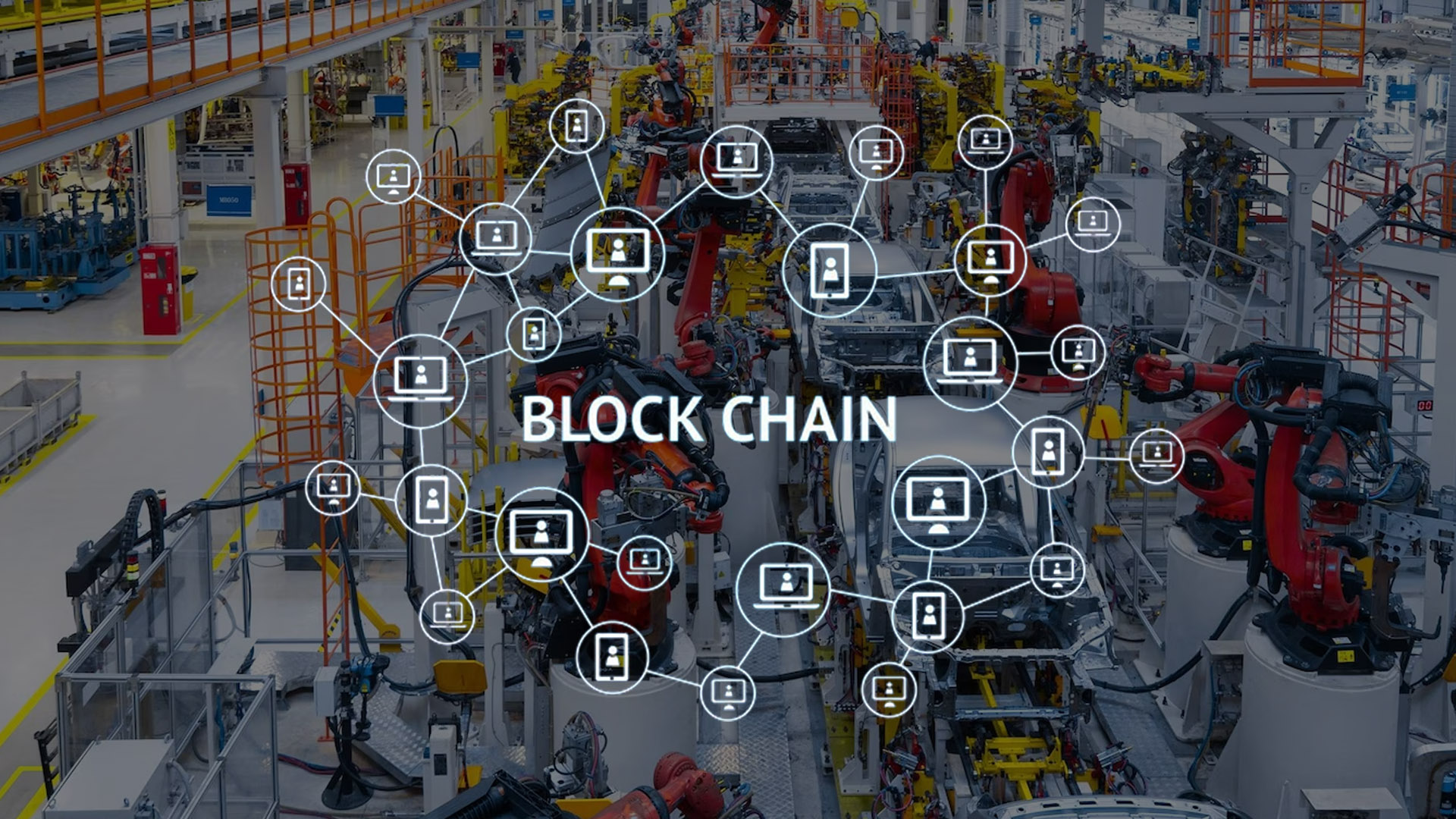How is Blockchain Technology Reshaping the Automotive Industry?


- Blockchain integration into the Automobile industry is anticipated to unveil vast opportunities for both consumers and companies.
- With the power of Web3, this sector can transform the automotive landscape including the supply chain market.
The automobile sector is experiencing a revolution that’s being catapulted with the inception of blockchain technologies. The decentralized web, also known as Web3 offers unique features and a wide spectrum of opportunities for automotive companies by improving their functions to cater to the needs of consumers with innovative services. Leveraging Web3, decentralized applications (dApps), and smart contracts, the automobile sector aims to enhance transparency and data management to improve user experiences.
Opportunities Web3 is Expected to Unveil
Supply Chain Transparency
Blockchain facilitates the creation of transparent and immutable data records of each transaction that takes place in the supply chain. This helps to ensure the trust between multiple parties involved, whether they are suppliers or manufacturers. It provides real-time data to enhance efficiency and trust within the network.
Traceability of User Data
By leveraging blockchain-backed solutions, automotive sectors can securely track automobile ownership and other relevant data. These unaltered digital records consist of information such as previous ownership, service records, and performance to mitigate fraud risks while enhancing the resale value of that asset.
Feature Subscription as NFT
Web3 provides several offerings to automotive companies such as feature subscriptions to enable access to non-fungible tokens (NFTs). This helps users to customize the vehicle with additional features that can further transfer this subscription with easiness between vehicles and owners. This feature is more helpful in providing a custom and flexible ownership experience.
CO2 Mobility Certification
The automotive sector is undoubtedly focusing on countering carbon emissions. The blockchain-based automotive industry can facilitate the creation and trading of CO2 mobility verification certificates that will allow companies and users to offset and trace carbon footprints related to transportation.
Predictive Compliance
With Web3 integration, technologies like IoT sensors and blockchain can catapult companies to achieve new heights. This can be done by implementing a predictive maintenance system. This system helps to gather real-time data from automobiles and can also analyze it using smart contracts. With this proactive compliance recommendation, vehicles can be optimized as well and performance could be enhanced with reduced downtime.
Future Aspects of Web3 Integration
The potential benefit of blockchain integration brings endless opportunities to the table including the ability to spread data more instantly and efficiently. Driverless automated cars are a pivotal concept in this genre and the users must be constantly aware of road conditions and the status of other vehicles. Traditional IoT is complex due to the communication protocols.
Blockchain’s distributed ledger implies each node in the network including cars and data points. Users have access control to all the data simultaneously and accurately. Organizations are already working towards blockchain-integrated automobile tracking systems with communication methods to improve network connectivity. Creating a distributed ledger that transfers all the data to different points seamlessly is the initiation of building a safe driverless automobile ecosystem.
Conclusion
Blockchain integration into the industries resulted in unleashing vast possibilities for companies and users. Web3 offers a wide range of applications that facilitate users with the features of the decentralized system. Blockchain’s transparency, efficiency, and security play a pivotal role in the development and disruption of existing methods to enable several benefits for automobile companies and automated system users. Still, it’s a long way to go as organizations are still working on the development and credibility of this integration. Meanwhile, every technology has its perks and disadvantages at the same time.
Recent Posts
BlockDAG And Best Wallet Presale Participants Receive Free Skyren DAO Airdrop
Token airdrops have historically introduced investors to new blockchain projects. However, many distributions fail to…
Skyren DAO Token Surge Event: Remittix And Lightchain AI Communities First To Benefit
Airdrops have traditionally been used to introduce new investors to blockchain projects, but their effectiveness…
Bitcoin ETF Approval? Old News. Here’s Why Skyren DAO Could Outperform BTC 10-fold
The approval of Bitcoin ETFs was one of the most anticipated events in crypto history,…
Qubetics And Rexas Finance Holders: Claim Your 500 Free SKYRN Tokens Now
The blockchain space continues to evolve, with projects pushing security, scalability, and user engagement to…
Cardano Skyren DAO And Remmitix Potential Highlighted As Market Optimism Rises
As the cryptocurrency market recovers from recent volatility, several projects emerge as strong contenders for…
Cardano And Litecoin Ready To Rally: Analysts Predict 10x Gains For This Newcomer
The cryptocurrency market is showing strong bullish signals, with many altcoins poised for significant gains.…


